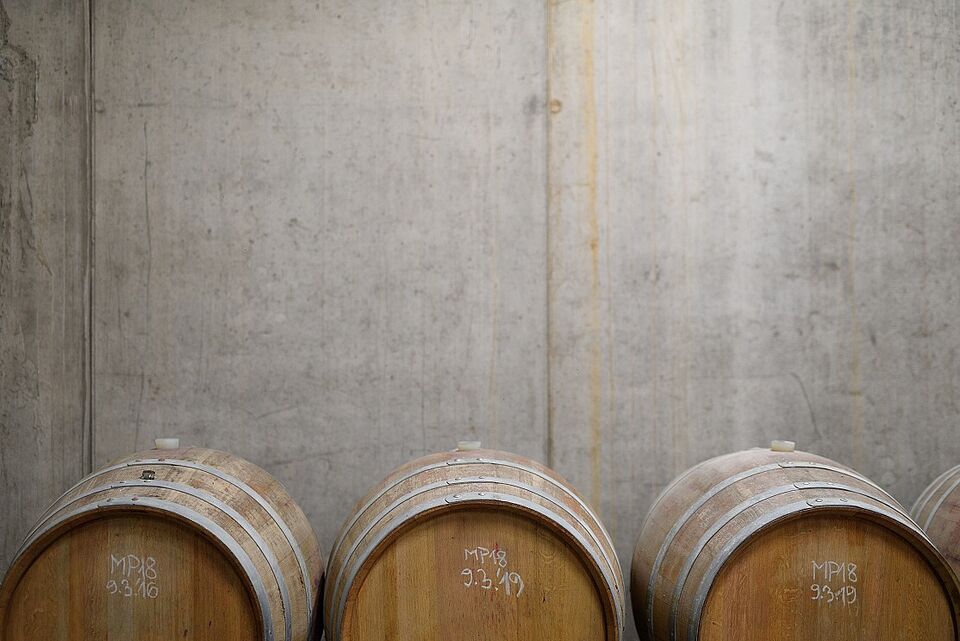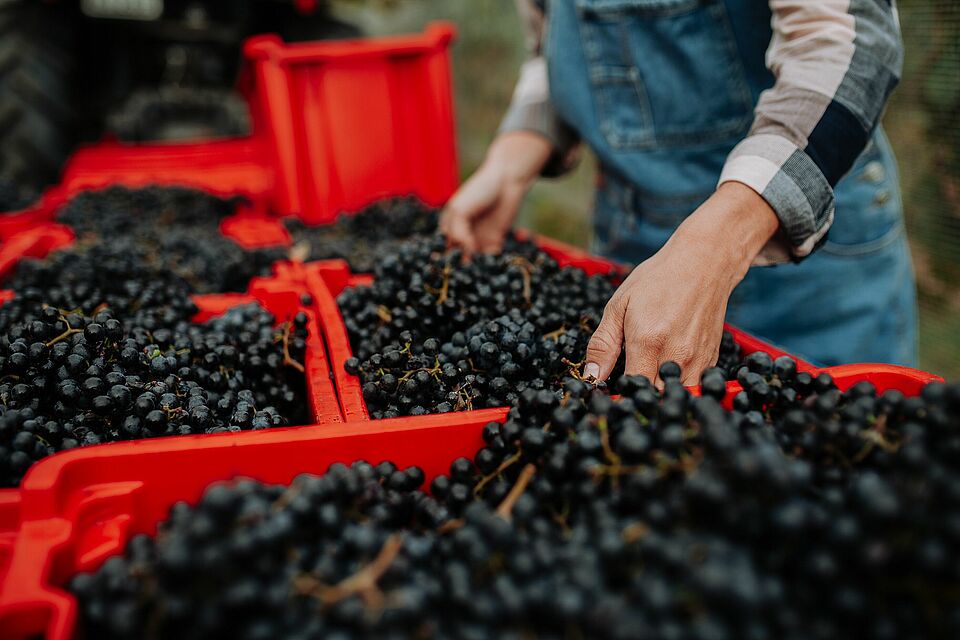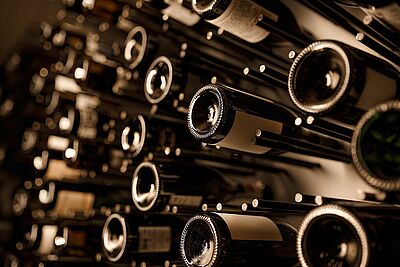Implementing innovative process measurement methods from food and beverage technology in grape processing, must extraction, winemaking and wine storage
About the project
The aim of the project is to make wine production processes more (labor) efficient, safer and more resource-friendly. The wine industry is to be digitalized and agricultural value chains thus optimized. There is still a lot of catching up to do here. Rather than ever larger operations, intelligent, (semi-)autonomous process monitoring, control and optimization should bring more efficiency, safety and sustainability to production.
WineIO links low-cost sensors available on the market (temperature, fill level, conductivity, pH, turbidity, etc.) with data from existing data sources such as digital cellar books. All the necessary data is displayed in aggregated form on a user-friendly dashboard. This makes the daily work of winegrowers easier and also makes the profession more attractive to young people (digital natives).


Background
In the case of process control and analysis in wine production, it can be seen that only isolated solutions exist and that the individual circumstances of the companies are not taken into account. The possibilities for controlling and optimizing processes are obvious at
: the possible applications of measurement innovations are now very diverse. There is an urgent need to create interfaces between process analytical methods and the monitoring and control of cellar management processes. From grape and must analysis to monitoring fermentation progress and ensuring oxidation protection during the storage of young wine, the aim is to achieve greater efficiency, safety and sustainability in production.
The object of research
The aim of the project is to research an innovative interoperability solution in wine production as an example of an agricultural value chain. WineIO is being researched using the use cases of wine fermentation and wine maturation.


The functional principle
The data from commercially available, inexpensive sensors such as sensors for temperatures, fill levels or pH values are intelligently combined with data from existing data sources such as the digital production records, the so-called cellar book (WineIO Hub). The data is then processed so that a decision support system can provide users with recommendations for action.
Project data
Project period
Promotion
Project website
Contact person
Contact us now!

Gabriele Görgens

Prof. Dr. Dominik Durner

Julian Döbler

